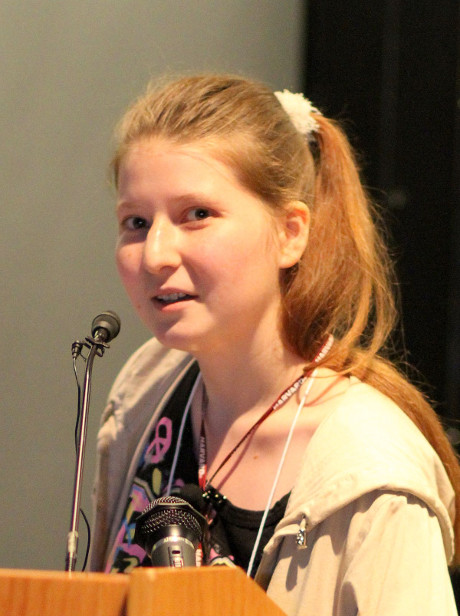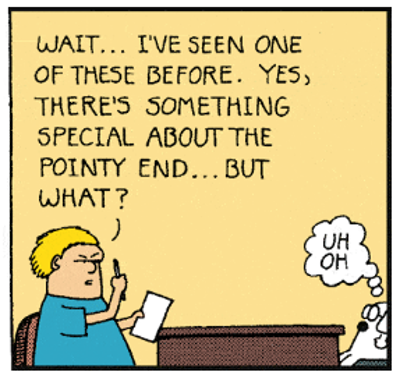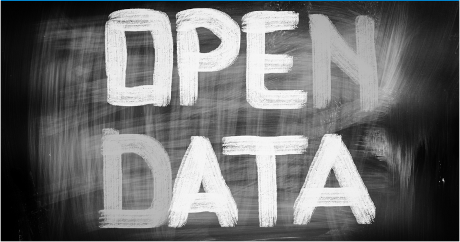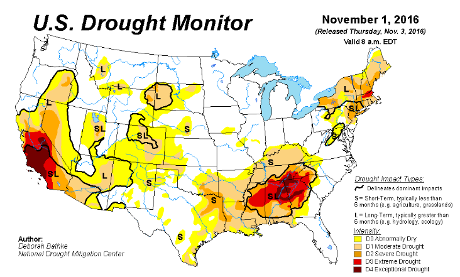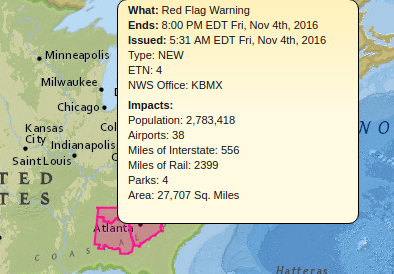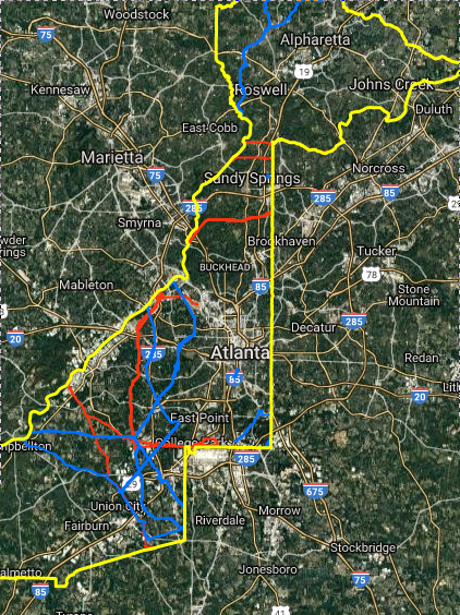Recognizing Alexandra Elbakyan:
Alexandra Elbakyan is the freedom fighter behind Sci-Hub, a repository of 64.5 million papers, or “two-thirds of all published research, and it [is] available to anyone.”
Ian Graber-Stiehl, in Science’s Pirate Queen, misses an opportunity to ditch the mis-framing of Elbakyan as a “pirate,” and to properly frame her as a freedom fighter.
To set the background for why you too should see Elbakyan as a freedom fighter, it’s necessary to review, briefly, the notion of “sale” and your intellectual freedom prior to widespread use of electronic texts.
When I started using libraries in the ’60’s, you had to physically visit the library to use its books or journals. The library would purchase those items, what is known as first sale, and then either lend them or allow patrons to read them. No separate charge or income for the publisher upon reading. And once purchased, the item remained in the library for use by others.
With the advent of electronic texts, plus oppressive contracts and manipulation of the law, publishers began charging libraries even more than when libraries purchased and maintained access to material for their patrons. Think of it as a form of recurrent extortion, you can’t have access to materials already purchased, save for paying to maintain that access.
Which of course means that both libraries and individuals have lost their right to pay for an item and to maintain it separate and apart from the publisher. That’s a serious theft and it took place in full public view.
There are pirates in this story, people who stole the right of libraries and individuals to purchase items for their own storage and use. Some of the better known ones include: American Chemical Society, Reed-Elsevier (a/k/a RELX Group),Sage Publishing, Springer, Taylor & Francis, and, Wiley-Blackwell.
Elbakyan is trying to recover access for everyone, access that was stolen.
That doesn’t sound like the act of a pirate. Pirates steal for their own benefit. That sounds like the pirates I listed above.
Now that you know Elbakyan is fighting to recover a right taken from you, does that make you view her fight differently?
BTW, when publishers float the false canard of their professional staff/editors/reviewers, remember their retraction rates are silent witnesses refuting their claims of competence.
Read any recent retraction for the listed publishers. Use RetractionWatch for current or past retractions. “Unread” is the best explanation for how most of them got past “staff/editors/reviewers.”
Do you support freedom fighters or publisher/pirates?
If you want to support publisher/pirates, no further action needed.
If you want to support freedom fighters, including Alexandra Elbakyan, the Sci-Hub site has a donate link, contact Elbakyan if you have extra cutting edge equipment to offer, promote Sci-Hub on social media, etc.
For making the lives of publisher/pirates more difficult, use your imagination.
